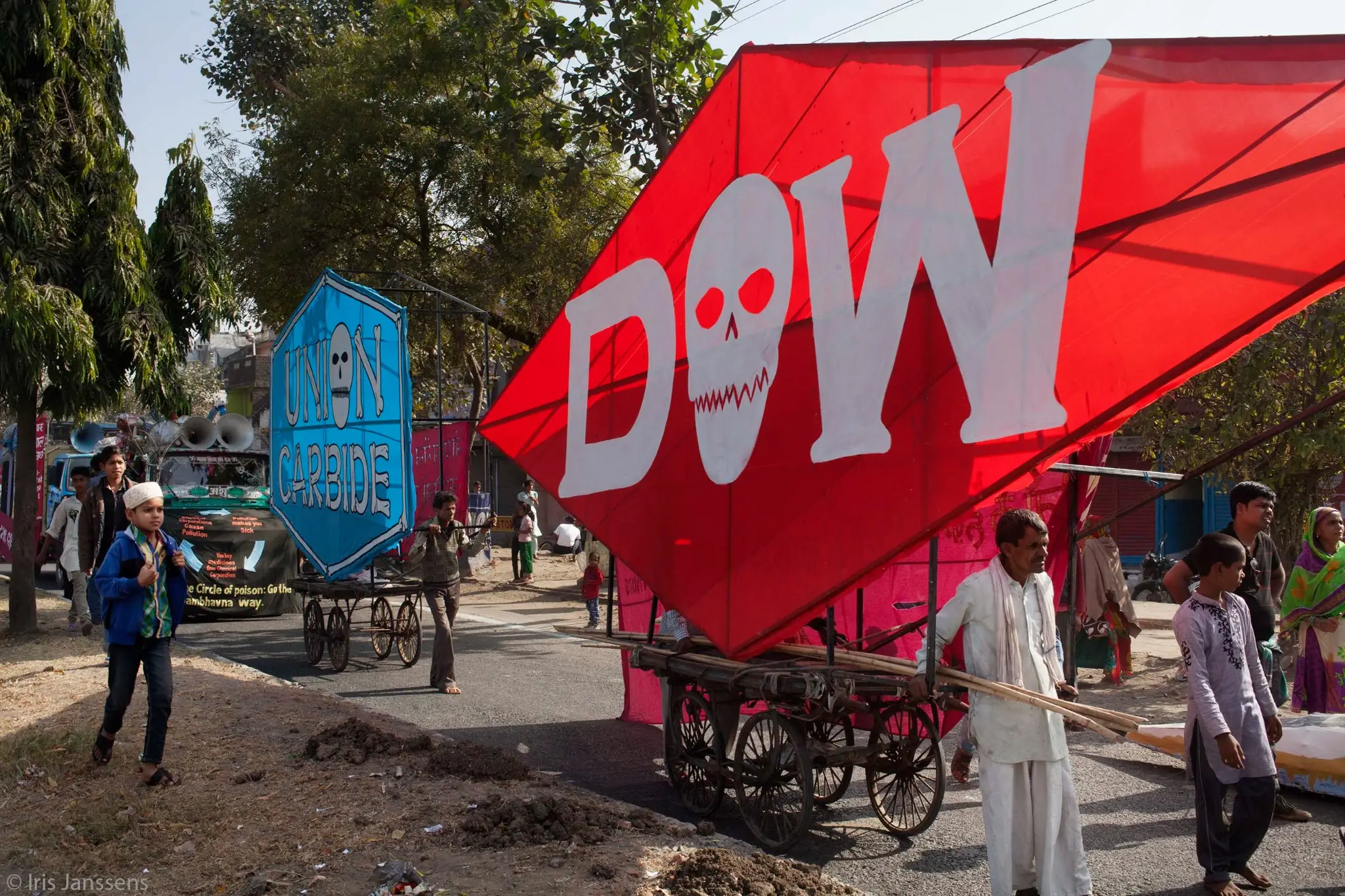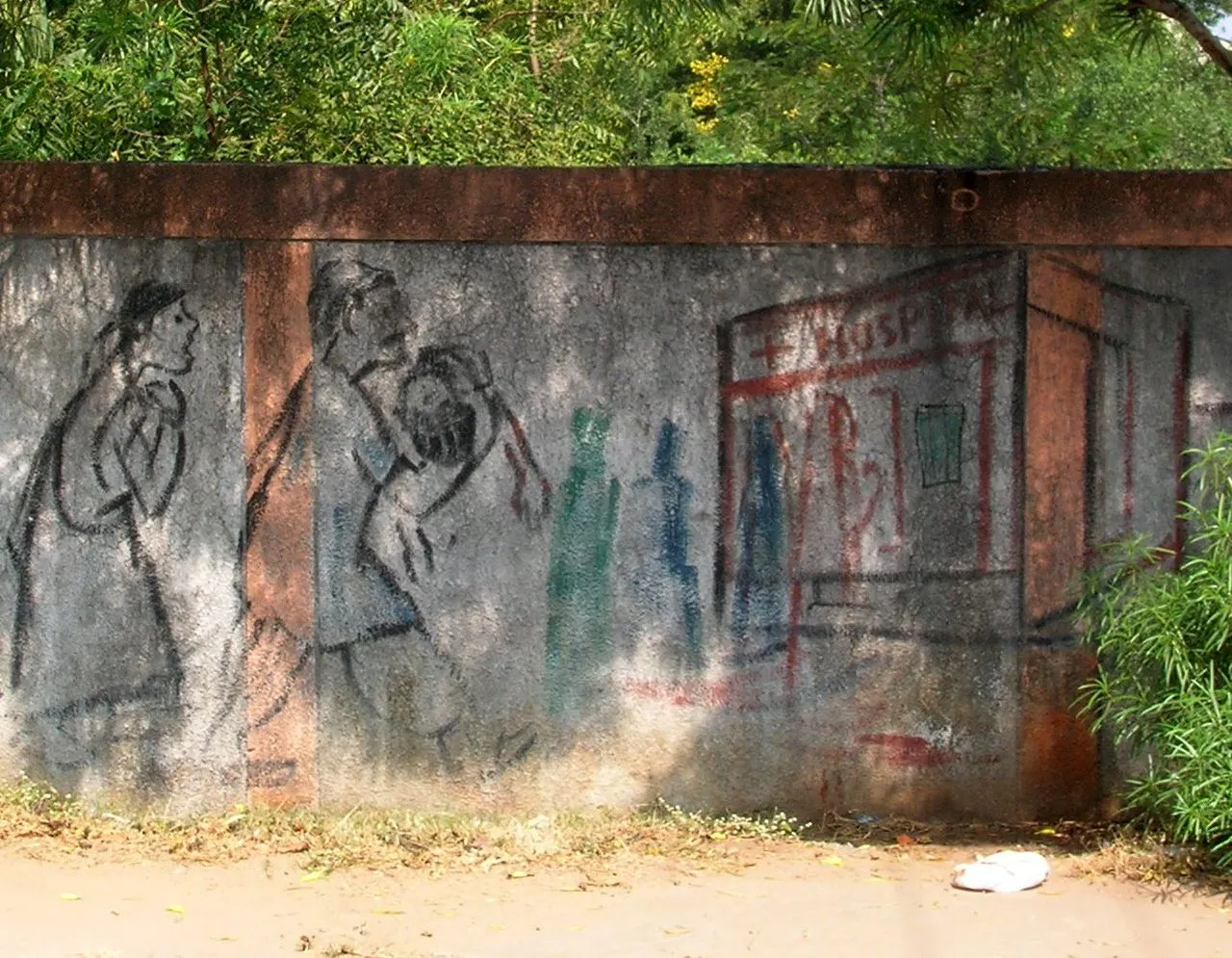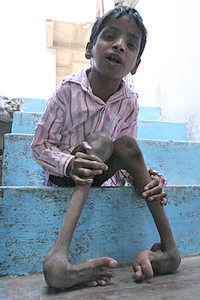Bhopal Gas Tragedy
A Catastrophe of Industrial Negligence
Bhopal Gas Tragedy being the biggest industrial accidents in the world ever, needs to be Explained to present a big picture about industrial progress and the corporate culture of capitalism. It is therefore, essential that a holistic view is presented. Therefore, the post is
Overview of Bhopal Gas Tragedy
As we turn our attention from the broader context to the immediate response, we witness the resilience and compassion that surfaced in the disaster’s immediate aftermath.
Introduction:
The Night of the Disaster:
The disaster unfolded as water entered Tank 610 containing MIC, triggering an exothermic reaction that led to the release of toxic gas. The safety systems, inadequately maintained and largely non-functional, failed to contain the leak. The gas enveloped the sleeping city, turning the night air into a dangerous fog or gas . Residents, awoken by the suffocating fumes, experienced severe respiratory distress, eye irritation, and utter confusion.
Immediate Aftermath:

From Desolation to Renewal
The initial chaos gave way to a sobering reality as we reflect on the dual faces of desolation and the community’s steps toward renewal in the aftermath of the tragedy.
In the immediate aftermath, the official death toll was reported to be around 3,000. However, subsequent estimates suggested that 8,000 to 10,000 people died within the first 72 hours. The tragedy was not limited to immediate fatalities. Over the following years, the lingering effects of the gas claimed thousands more lives, with estimates of up to 25,000 deaths.
Long-term Consequences:
The long-term consequences of the gas leak have been catastrophic. Survivors suffered from chronic respiratory problems, eye disorders, and immune and neurological dysfunctions. Generations were affected, with children born with health complications and disabilities. The environmental impact was profound – soil and groundwater contamination continues to pose health risks, with toxins found in the local water supply.
As we transition from examining the profound and enduring health impacts of the Bhopal disaster, it becomes imperative to scrutinize the legal battles and corporate responsibility that ensued. The quest for justice and accountability highlights the challenges faced by victims and activists in navigating complex legal landscapes to seek redress and prevent future tragedies.
Legal and Corporate Accountability:
The aftermath of the tragedy was stuck in legal fights and questions of corporate responsibility. Union Carbide Corporation’s inadequate response and the settlement with the Indian government, which many viewed as insufficient, sparked widespread outrage. The fight for adequate compensation, cleanup of the site, and justice for the victims has been lengthy and full of difficulties.
Conclusion: Lessons Unlearned?
The Bhopal Gas Tragedy remains a stark reminder of the potential consequences of industrial negligence and lax safety standards.
Having considered the tragic night and its direct aftermath, we now examine the varying estimates of the death toll that encapsulate the magnitude of the disaster.
Death Estimates of Bhopal Gas Tragedy
The Aftermath
The death toll from the Bhopal Gas Tragedy, which occurred on December 2-3, 1984, varies significantly according to different sources and estimates:
Immediate Government Estimates:
Initial reports by the Indian government estimated the death toll to be around 2,000 to 3,000 in the immediate aftermath.
Union Carbide Corporation Estimates:
Union Carbide, the company responsible for the plant, initially claimed that approximately 3,800 people died as a result of the gas exposure.
Indian Government’s Later Estimates:
The Indian government later updated its figures, stating that approximately 5,295 people had died. This number includes the immediate deaths and those who passed away subsequently due to gas-related illnesses.
Activists and Independent Organizations:
Various activists and independent organizations claim much higher numbers. They estimate that the death toll could be as high as 15,000 to 25,000. This includes those who died in the immediate aftermath and the years following due to chronic health complications caused by the gas exposure.
Amnesty International Report:
Amnesty International has reported that more than 7,000 people were killed in the immediate aftermath and a further 15,000 in the subsequent years due to illnesses related to the gas leak.
Indian Council of Medical Research (ICMR):
ICMR conducted studies following the disaster and estimated that the long-term death toll and disability rates were significantly higher than the initial government figures, though they did not provide a specific number.
Long term Consequences of the tragedy

To more accurately convey the profound impact of the Bhopal Gas Tragedy on public health, it’s crucial to specify the range of chronic conditions and disabilities that afflicted survivors. The immediate exposure to methyl isocyanate (MIC) gas resulted in acute symptoms; however, the long-term health effects have been pervasive and debilitating. Survivors have suffered from a spectrum of chronic respiratory disorders, including obstructive and restrictive lung diseases, which significantly impair breathing and quality of life. Furthermore, eye problems have been widespread, with many experiencing chronic conjunctivitis, corneal opacities, and partial or complete vision loss. The gas exposure also led to neurological disorders, ranging from cognitive impairments to motor dysfunction, severely affecting survivors’ ability to lead normal lives. Additionally, reproductive health was adversely impacted, with increased rates of miscarriages, stillbirths, and birth defects observed in the population exposed to the gas. These specified health outcomes underscore the enduring legacy of the disaster, highlighting the need for ongoing medical support and research into the treatment of MIC-related conditions.
While the Bhopal Gas Tragedy remains one of the most catastrophic industrial accidents, it is part of a disturbing pattern of such disasters globally. The following examples of persistent industrial disasters further illustrate the ongoing risks and the crucial need for enhanced safety measures and regulatory oversight.
Legal Battle and Corporate Accountability
Legal Recourse and Punishments
- Warren Anderson and UCIL Executives: Highlight the charges against Warren Anderson, CEO of Union Carbide, and the trial of several Indian executives, emphasizing the controversy over their accountability and the perceived inadequacy of the legal actions taken.
Settlement Controversy
- Government Settlement with Union Carbide: Summarize the settlement of $470 million agreed upon by Union Carbide Corporation and the Indian government, critiqued for not sufficiently compensating the victims for their immense suffering and the environmental impact.
Justice A.M. Ahmedi’s Influence
- Supreme Court Judgment: Outline the pivotal judgment led by Justice A.M. Ahmedi, which downgraded the charges against Union Carbide officials, sparking a debate on the effectiveness and fairness of the legal proceedings in holding corporate giants accountable.
Technological Analysis of Disaster

Engineering Failures Leading to the Tragedy
- Systemic Failures: Summarize the catastrophic failure of multiple safety protocols and systems within the UCIL plant, particularly focusing on Tank E-610 and the non-operational safety mechanisms like the refrigeration system and the Vent Gas Scrubber.
The Killer Gas: MIC and Its Consequences
- Toxicology of MIC and Potential Presence of HCN: Briefly describe the nature of methyl isocyanate (MIC), its hazardous impact when released into the atmosphere, and the debated presence of hydrogen cyanide (HCN) in the toxic cloud, contributing to the tragedy’s severity.
Conclusions
The post reflects how the society works today. We see that Union Carbide was a repeated offender and continues to importance to profit over safety and life of people who work for them and the society at large. It is also concluded that Capitalism gives importance to profits and profits alone and the governments also work hand in gloves with the profiteering corporates.
It is also demonstrated that Government and other agencies do shoudy job in even reaching a figure on the number of deaths as a result of the disaster.
Another inferrence is that works and companies owned by the Government behave in a manner similar to private corporates.
Feature Image: Click here to view the image. [Credit https://Flickr.com]
Further Reading
- “Bhopal: The Inside Story” by T.R. Chouhan
This book offers an insider’s perspective on the tragedy, providing detailed accounts of the events leading up to the disaster and the aftermath. - “The Bhopal Saga: Causes and Consequences of the World’s Largest Industrial Disaster” by Ingrid Eckerman
Eckerman’s work comprehensively analyzes the causes and consequences of the tragedy, including detailed discussions on health impacts and legal battles. - “Five Past Midnight in Bhopal: The Epic Story of the World’s Deadliest Industrial Disaster” by Dominique Lapierre and Javier Moro
A narrative that vividly recounts the night of the disaster and its aftermath, based on extensive interviews with survivors, officials, and Union Carbide employees. - “Surviving Bhopal: Dancing Bodies, Written Texts, and Oral Testimonials of Women in the Wake of an Industrial Disaster” by Suroopa Mukherjee
This book focuses on the experiences of women survivors of the Bhopal disaster, exploring themes of resilience, activism, and the fight for justice. - “Ecocide and Genocide in the Vanishing Rainforest: The Rainforests and Native People” by Robert Allen and Tara Jones
While not exclusively about Bhopal, this book contextualizes the tragedy within broader themes of environmental degradation and its impact on indigenous communities. - “The Age of Environmentalism” by Neil McCormick
This book provides a broader look at environmental disasters, including Bhopal, within the history of environmental activism and policy changes. - “Corporate Crime and Violence: Big Business Power and the Abuse of the Public Trust” by Russell Mokhiber
Mokhiber’s work delves into cases of corporate malfeasance, including a detailed discussion on the Bhopal Gas Tragedy, highlighting the patterns of corporate behavior and the challenges of holding large corporations accountable. - “Toxic Politics: The Secret History of the Kremlin’s Poison Laboratory — from the Special Cabinet to the Death of Litvinenko” by Arkady Vaksberg
Although focused on a different topic, this book offers insights into the use and impact of toxic substances, providing a complementary perspective to the chemical aspects of the Bhopal disaster. - “Chemical Process Safety: Learning from Case Histories” by Roy E. Sanders
Sanders’ book is a technical exploration of chemical process safety, featuring case studies including Bhopal, and offers lessons on preventing similar industrial accidents. - “Environmental Justice: Issues, Policies, and Solutions” edited by Bunyan Bryant
This collection of posts examines environmental justice issues, with discussions relevant to the Bhopal Gas Tragedy, including the distribution of environmental risks and the quest for justice for affected communities.

I’ve read a few good stuff here. Definitely worth bookmarking for revisiting. I wonder how much effort you put to make such a great informative web site.
hey there and thank you for your info – I have certainly picked up anything new from right here. I did however expertise some technical points using this website, since I experienced to reload the web site a lot of times previous to I could get it to load properly. I had been wondering if your hosting is OK? Not that I am complaining, but sluggish loading instances times will often affect your placement in google and could damage your high quality score if ads and marketing with Adwords. Well I am adding this RSS to my e-mail and can look out for much more of your respective intriguing content. Ensure that you update this again soon..